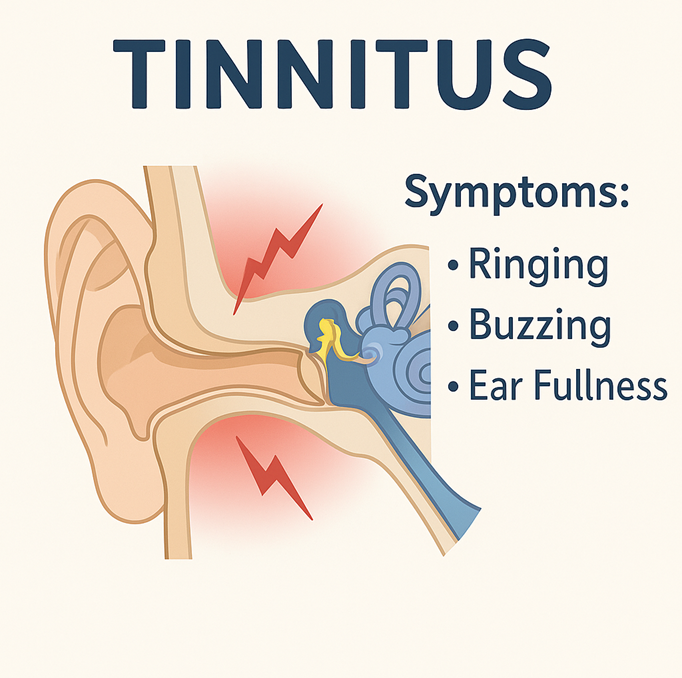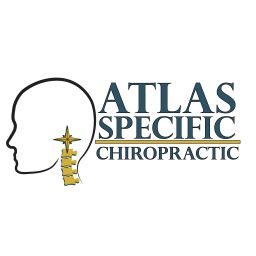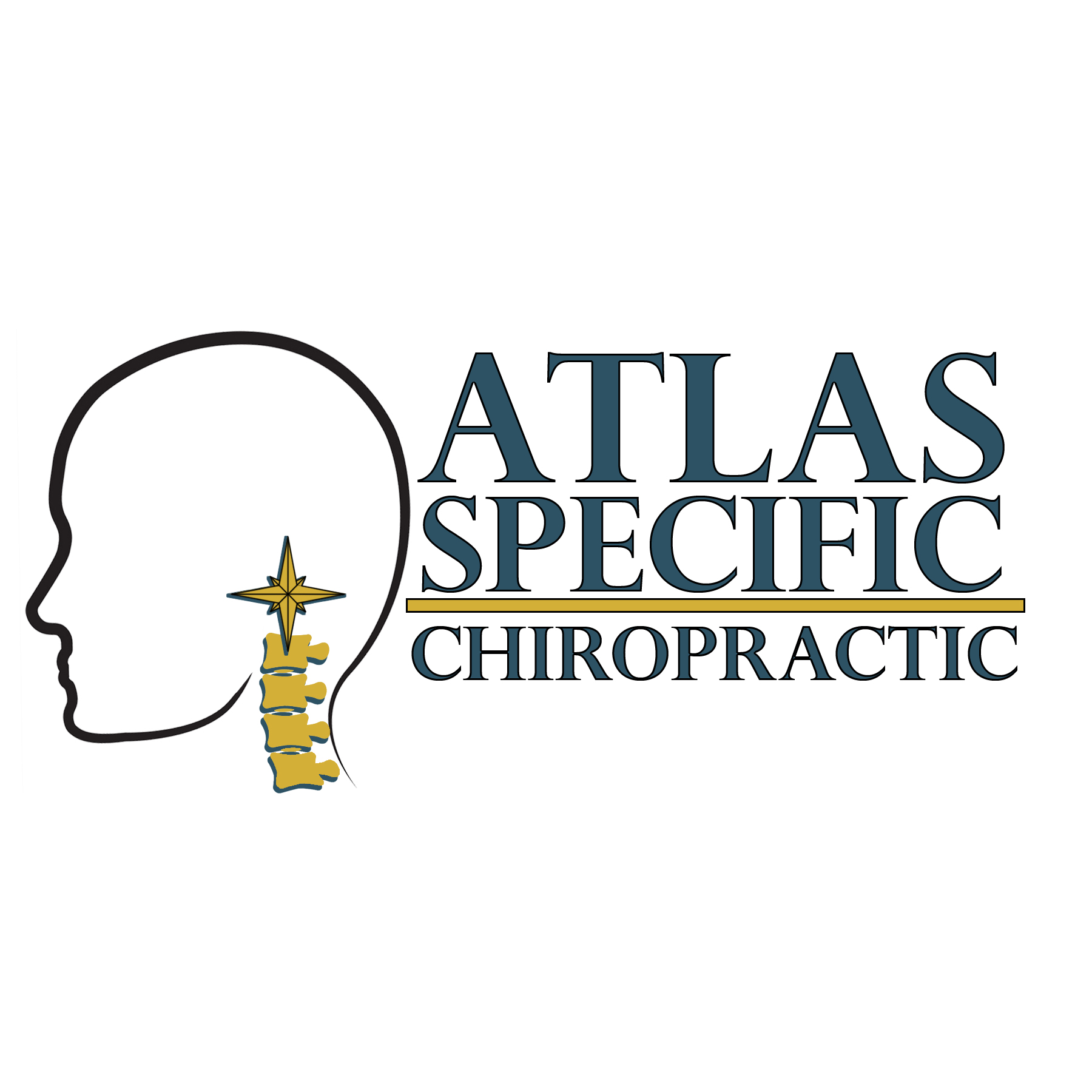
Tinnitus
Natural Relief for Ringing, Buzzing, and Ear Fullness Through Upper Cervical Chiropractic Care
Understanding Tinnitus
Tinnitus is the perception of sound when no external noise is present.
People often describe it as:
-Ringing
-Buzzing
-Hissing
-Static
-Whistling
-Pulsing or heartbeat sounds
-High-pitched tones
It can be constant or intermittent, mild or severe.
For many patients, tinnitus affects their sleep, concentration, mood, and overall quality of life.
Tinnitus can come from several underlying issues, but one of the most overlooked causes is dysfunction in the upper cervical spine—specifically how it affects the brainstem, blood flow, and nerve pathways to the ear.
Why Tinnitus Happens
Tinnitus is not a disease by itself—it is a symptom of something disrupting normal ear or nerve function.
Common contributors include:
-Neck misalignment (especially C1 & C2)
-TMJ dysfunction
-Eustachian tube dysfunction
-Whiplash or head/neck trauma
-Changes in blood flow to the ear
-Trigeminal or vestibulocochlear nerve irritation
-Stress or prolonged muscle tension
-Forward-head posture
-Arthritis or degeneration in the neck
-Ear infections or congestion
Many people experience tinnitus after:
-A car accident
-A fall
-Prolonged computer use
-A stressful period
-A recent illness
-Sleeping awkwardly
-A concussion
This is because the ear is heavily influenced by the neck, jaw, and nerves of the brainstem.
The Upper Cervical Connection to Tinnitus
The atlas (C1) and axis (C2) sit directly under the skull and surround the brainstem, where the auditory and vestibular pathways begin.
When these vertebrae misalign, they can affect tinnitus in several ways:
✔ 1. Brainstem Irritation
The brainstem processes sound, balance, and nerve input from the ear.
Misalignment can distort these signals—leading to phantom sounds.
✔ 2. Altered Blood Flow
The arteries and veins that supply the inner ear pass through the upper neck.
Misalignment can create vascular tension that changes how the ear receives oxygen and nutrients.
✔ 3. Muscle Tension Around the Ear
Tight neck and jaw muscles can alter Eustachian tube function and disturb pressure inside the ear.
✔ 4. TMJ & Trigeminal Nerve Involvement
The trigeminal nerve influences the ear’s tension and pressure regulation.
Upper cervical misalignment frequently coexists with TMJ dysfunction.
✔ 5. Postural Compensation
A shifted atlas changes head posture, straining structures connected to the auditory system.
This explains why tinnitus often appears with:
-Neck tightness
-Headaches
-Jaw pain
-Ear fullness
-Dizziness or vertigo
-Posture changes
-Whiplash injuries
-Stress and muscle tension
Correcting the upper cervical spine may help reduce the irritation that fuels tinnitus.
What We See in Our Office: The Three Tinnitus Outcomes
Based on clinical experience at Atlas Specific Chiropractic, tinnitus patients generally fall into three equal groups:
1. Tinnitus goes away completely (≈ 33%)
These patients typically have strong upper cervical involvement and respond very well when alignment is corrected.
2. Tinnitus improves noticeably but does not fully resolve (≈ 33%)
These individuals often have multiple contributing factors (neck, TMJ, stress, past trauma).
Symptoms become more manageable, quieter, or less frequent.
3. Tinnitus does not change (≈ 33%)
These cases may involve deeper inner-ear damage or longstanding nerve injury, but patients often still experience improvements in neck function, posture, and overall wellness.
We never guarantee outcomes—but upper cervical care provides a safe, natural, and evidence-informed approach to supporting the structures involved in tinnitus.
Why Traditional Treatment Often Falls Short
Common tinnitus treatments include:
-Medications
-Sound therapy
-Hearing aids
-Physical therapy
-Muscle relaxers
-Ear drops
-Dietary changes
-Stress management
While some may help temporarily, most treatments don’t address the upper cervical misalignment, brainstem tension, or mechanical irritation contributing to tinnitus.
If the underlying neurological issue persists, tinnitus often does too.
How Upper Cervical Chiropractic Helps
At Atlas Specific Chiropractic, our approach is gentle, precise, and rooted in neurological science.
✔ Functional Neurological Scans (Tytron)
Identify irritation patterns that influence auditory pathways.
✔ 3-View Upper Cervical X-rays
Measured down to 1/100th of a degree and millimeter to find the exact misalignment.
✔ AHKC (Advanced HIO Knee-Chest) Technique
A gentle, precise correction restoring balance at the top of the spine—no twisting or cracking.
✔ Improved Blood Flow & Nerve Communication
Once alignment is restored, many patients notice:
-Less ear pressure
-Tinnitus becoming quieter
-Reduced ringing or pulsing
-Improved neck mobility
-Better posture
-Reduced TMJ tension
-Fewer headaches or dizziness
Correcting the upper cervical spine often reduces the overload on auditory and vestibular nerves.
When Tinnitus Is Connected to Your Neck
You may have an upper cervical component if you notice:
-Tinnitus with neck pain or stiffness
-Symptoms after a car accident or injury
-Ear fullness or pressure
-Jaw clicking or TMJ pain
-Dizziness or vertigo
-Tinnitus that gets worse with posture
-Stress-related flare-ups
-Ringing that changes when turning your head
These are strong indicators of brainstem or mechanical involvement—not just inner-ear dysfunction.
Natural, Gentle Support for Tinnitus
Tinnitus can be frustrating, overwhelming, and isolating—but you are not stuck with it.
By restoring proper upper cervical alignment, reducing nerve irritation, and improving blood flow to the ear, your body may begin to normalize sound processing.
At Atlas Specific Chiropractic, we help patients across Hiawatha and Cedar Rapids, Iowa, find relief from tinnitus through precise, upper cervical care that supports natural healing.
📞 Call (319) 343-8540 or schedule your first visit today.
Open Hours
Monday, Tuesday, Thursday
9:00 - 6:00
Wednesday
12:00 - 6:00
friday
9.00 - 2.00
© Atlas Specific Chiropractic | Powered by Webflow.




